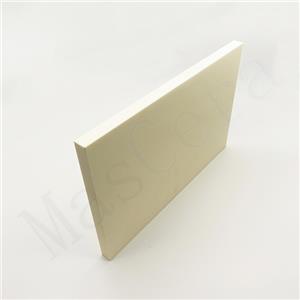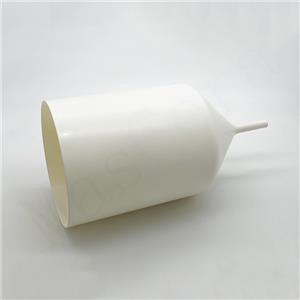Get the latest price? We'll respond as soon as possible(within 12 hours)
more products
Materials
Products
Featured Products
Contact Details




